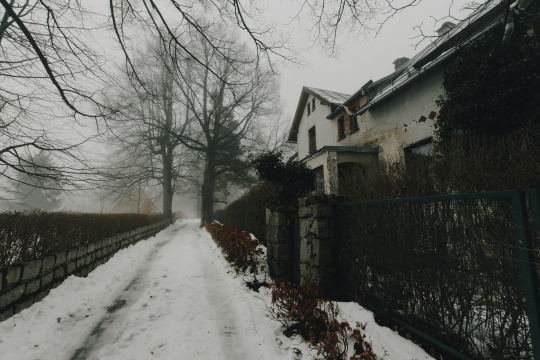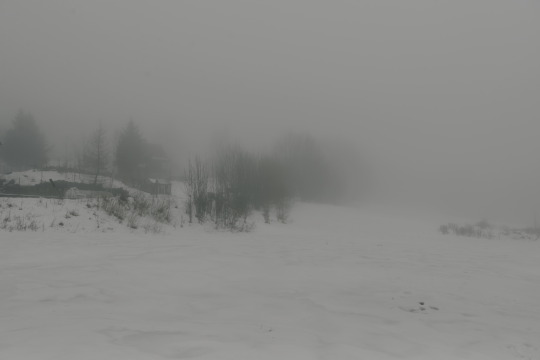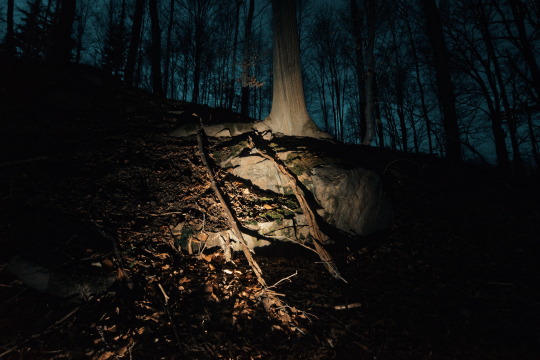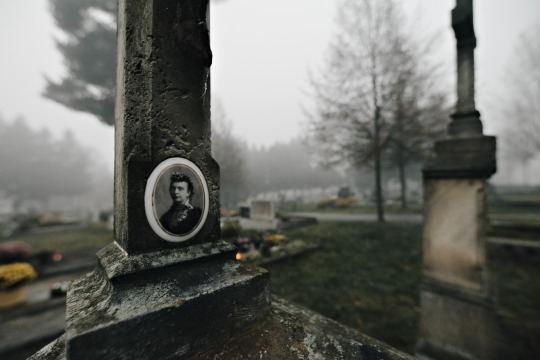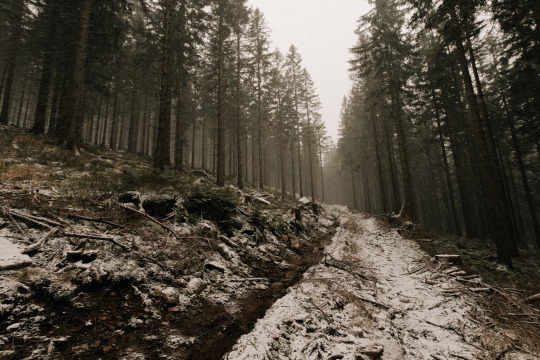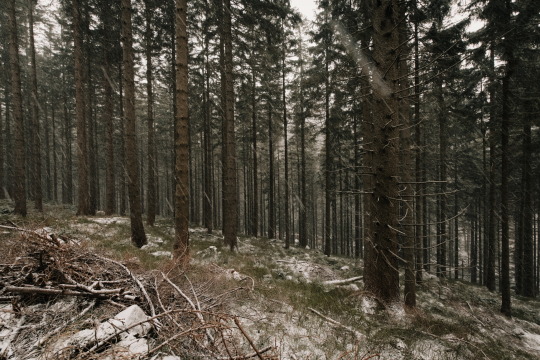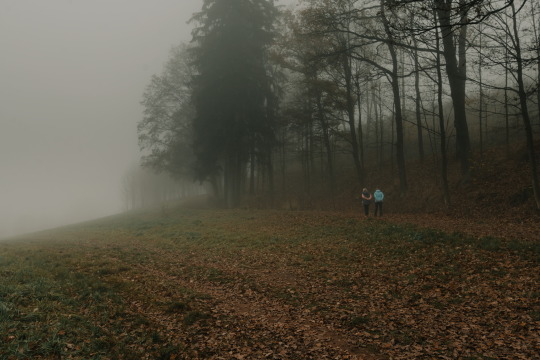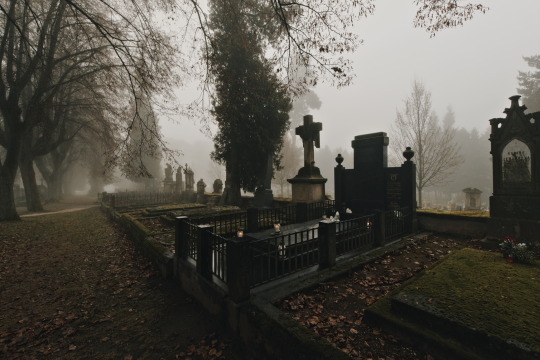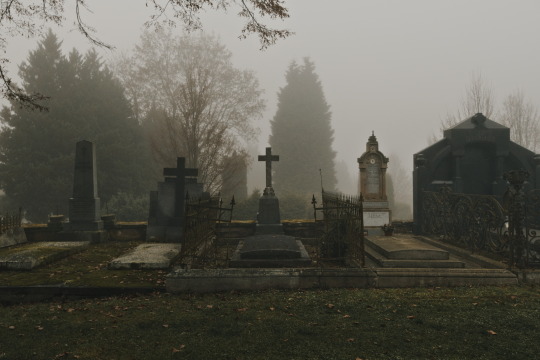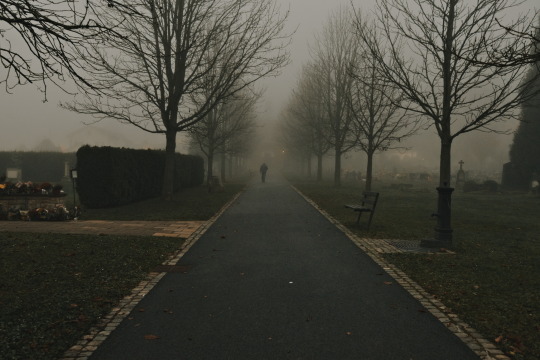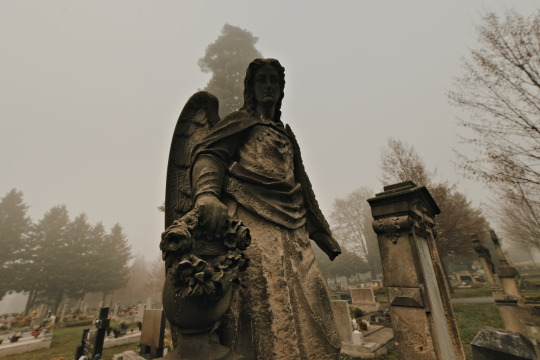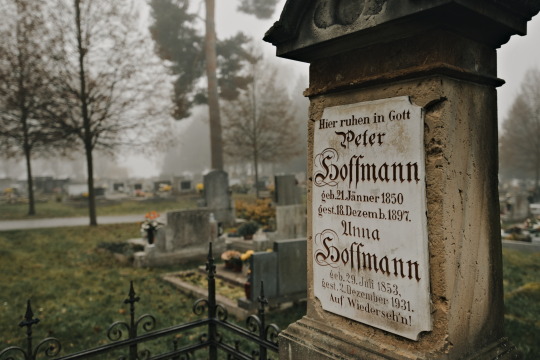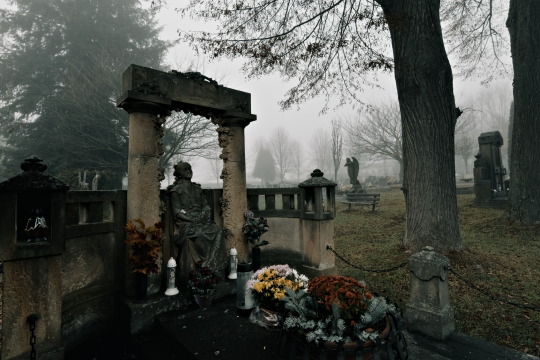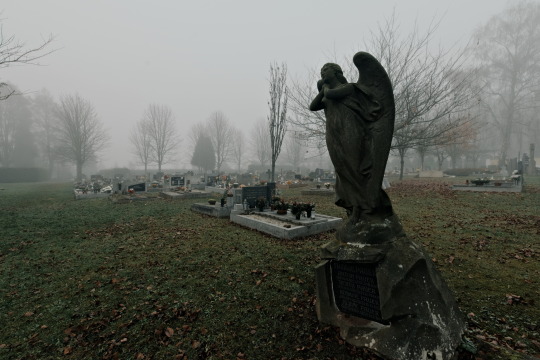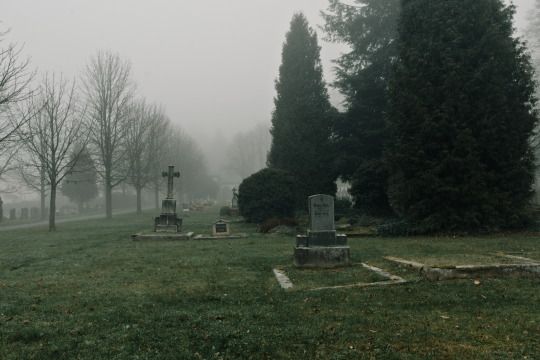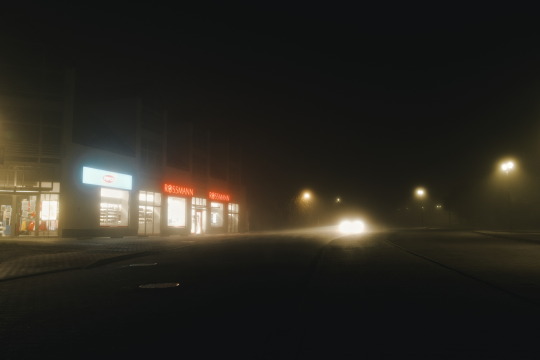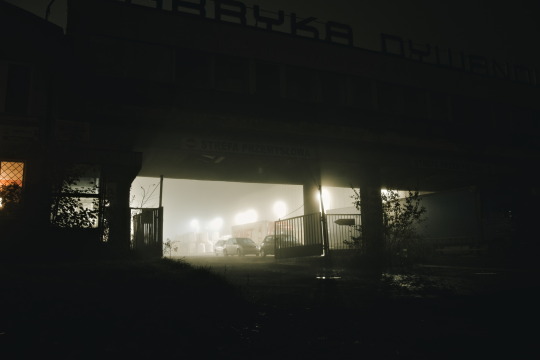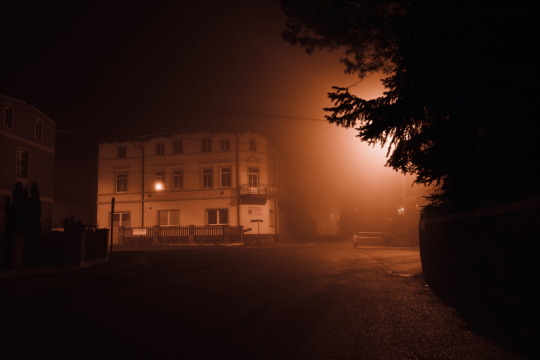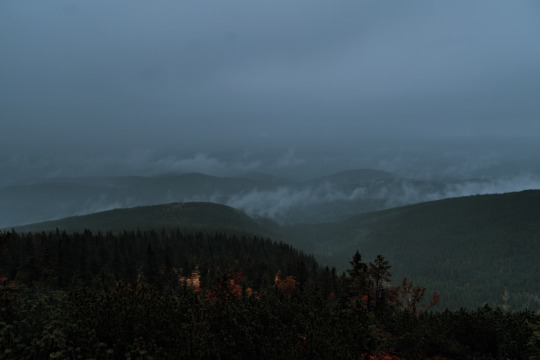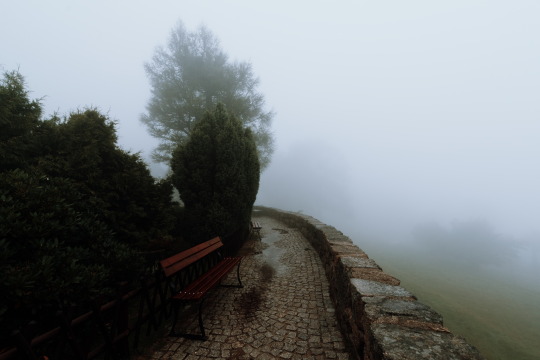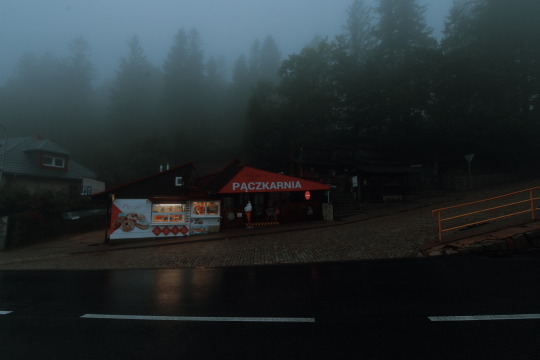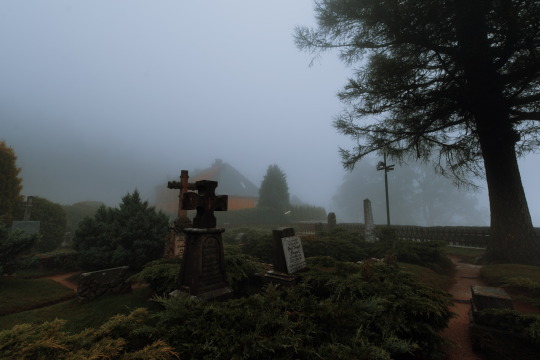Photo
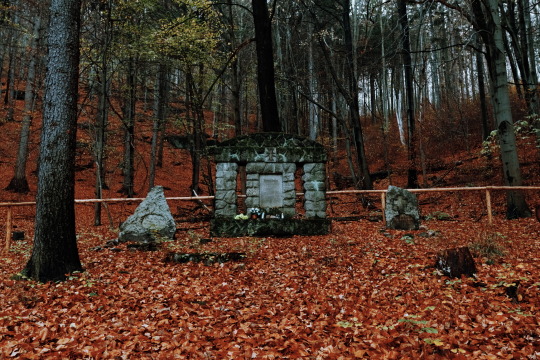
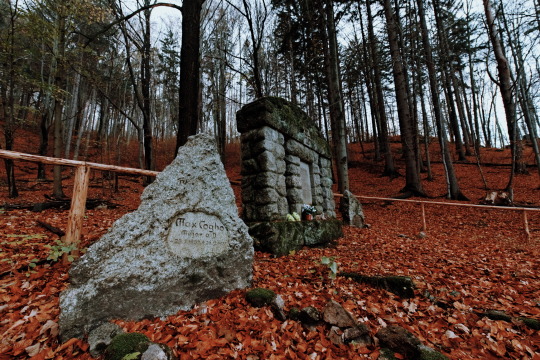
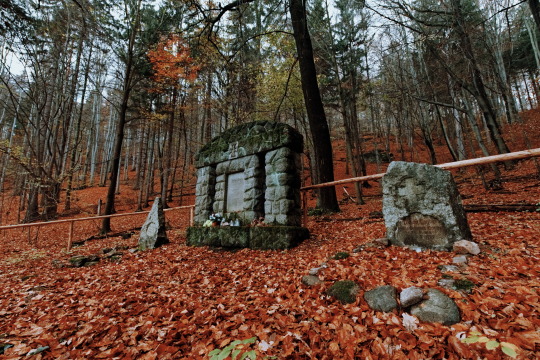

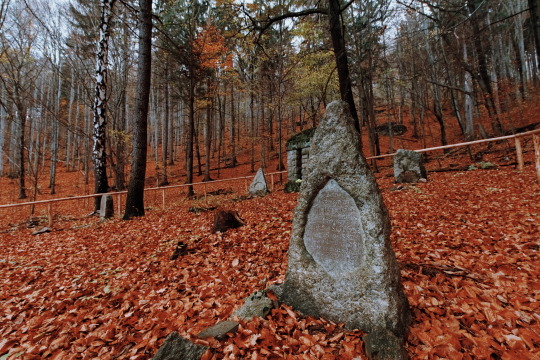
Cmentarz rodziny Cogho.
Richard Cogho, Leutnant Jnf. Reg. Nr. 150 (* 6.11.1888 † 26.8.1914; Tannenberg)
Max Cogho, Major a.D. (* 23.7.1850 † 26.12.1931)
Marie Cogho (* 13.8.1860 † 28.5.1927)
Victor von Prondzynski, Hptm. u. Btl. Führer Königs – Jnf. Regt. 145 (* 16.6.1876 † 1.12.1917)
Johannes von Prondzynski, Ltn. d. R. Königs – Jnf. Regt. 145 (* 3.12.1884 † 20.5.1915)
Victor Cogho, Farmer auf Ovituo S.W. Afrika (* 25.6.1882 † 23.7.1927; Windhuk)
32 notes
·
View notes
Photo


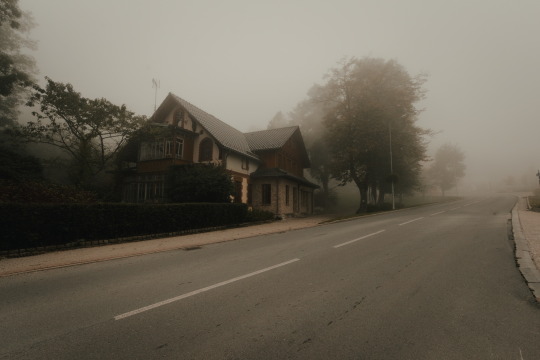
jak nie ma ludzi, karpacz robi się ładny.
90 notes
·
View notes
Photo

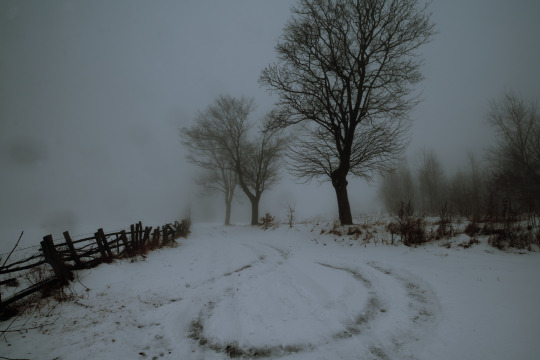

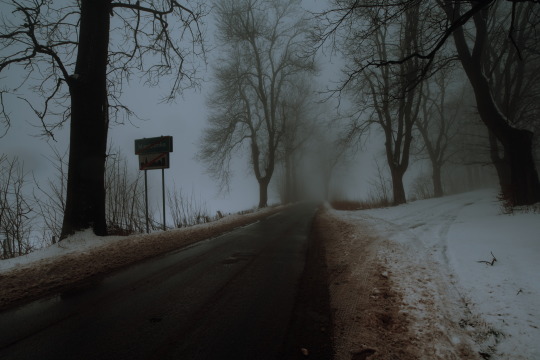
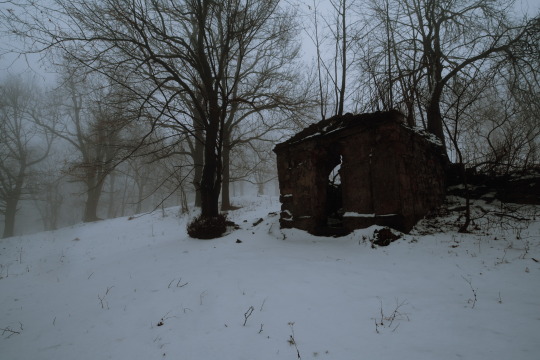
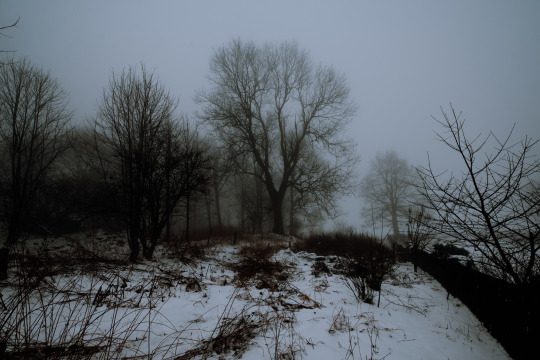
This time I post something else - head-cam footage: https://youtu.be/UIVDRhJeQc4
A foggy, winter walk across the (almost) abandoned mining town in south-western Poland.
The settlement's history begins in the 14th century, then known as Kupferberg, was split from Waltersdorf (Mniszków). It grew as a copper mining town, and received city rights in 1519. For a time, it was home to about 160 mining excavations and several metallurgical facilities, but this boom came to a halt by the end of the 16th century, as techniques proved insufficient for further exploitation.
Around the 17th century the mining sector in Kupferberg began to grow again, under the patronage of a new owner, the count von Promnitz of Pszczyna. The city suffered several fires, in 1637, 1643, 1728 and 1824. In the early 18th century Kupferberg housed a regional mining office. In addition to mining, the town also had a renowned brewery, and from the mid-19th century, it became a popular tourist destination, known as the second most highly located town in the Sudeten Mountains.
Renamed Miedzianka, it became a site of a secret Red Army mining operation, as Soviet experts expected to develop a uranium mine there. From 1949 to the 1950s about 600 tons of uranium were sent from Miedzianka to the USSR. Extensive and wanton mining caused much damage to the town, and when the uranium deposits proved to be insufficient for continued exploitation, the local economy collapsed amid the government's attempts to hide the uranium excavation. The mine was publicly labeled as a "paper factory" and Polish and Soviet troops and secret police guarded the mine.
In the late 1960s, a planned destruction of Miedzianka began, with demolitions of selected buildings, and a ban on repairs of remaining ones. Around 1972, most inhabitants were resettled to the town of Jelenia Góra.
In the recent years, Miedzianka once again became a tourist attraction. The settlement popularity increased after Filip Springer book about its history ("Miedzianka. Historia Znikania."; translated to English as "History of a Disappearance: The Story of a Forgotten Polish Town" and published by Restless Books). Since a couple of years, it also holds a book festival (Miedzianka Fest) every August.
168 notes
·
View notes



